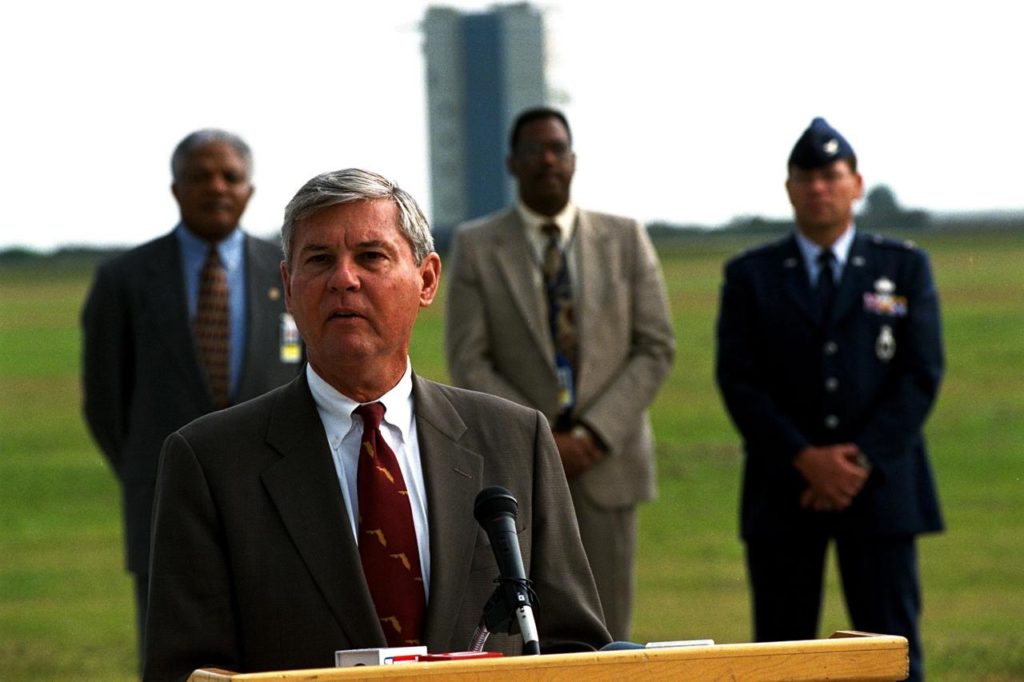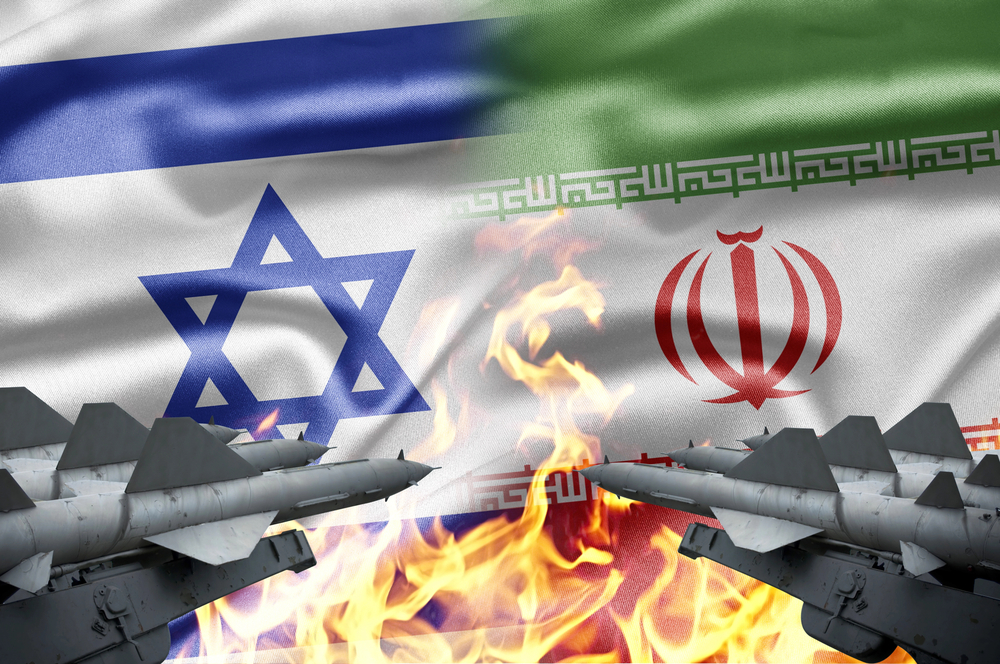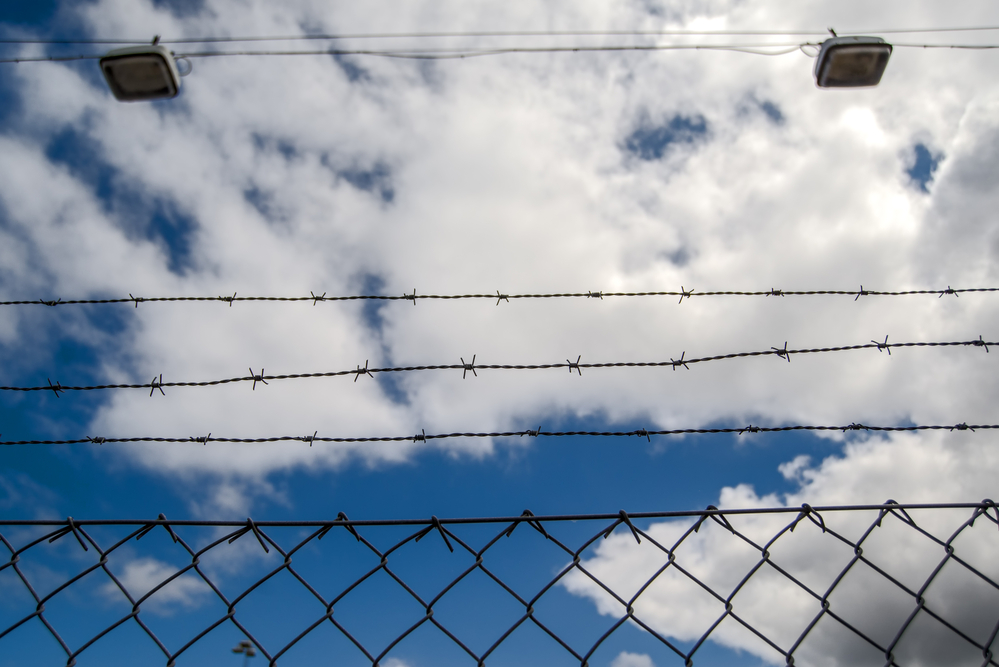Nobody knows how many are dying in Saudi Arabia’s bombing campaign, rights groups say
Faced with war, starvation and disease, the people of Yemen are suffering the worst humanitarian crisis on Earth. After over two years of active conflict, war monitors and human rights groups say the true impact of Saudi airstrikes on civilians may be impossible to determine.
“Tallying casualties has been an incredibly difficult task for government officials, the UN and NGOs alike,” said William Picard, the executive director of the Yemen Peace Project. “Everyone knows the commonly-used figures are way low, but since accurate numbers can’t be confirmed, UN agencies don’t like to speculate.”
Because of the difficulties in verifying overall casualty numbers, many rights groups instead focus on documenting individual violations of international humanitarian law. While such work is valuable and gives some insight into Yemen’s situation, the bigger picture remains unclear.
The UN’s Office of the High Commissioner for Human Rights (OHCHR) estimates 13,893 civilian casualties (5,144 dead, 8,749 wounded) in Yemen since the Saudi bombing campaign began in March of 2015, but that figure has not been updated in over three months.
With bombs falling on Yemen daily, that number is now likely far out of date.
“It’s not particularly regular in terms of what’s publicly put out,” said Kristine Beckerle, a researcher for Human Rights Watch’s Middle East and North Africa division, referring to the frequency with which the OHCHR updates its figures. “But even they say that those numbers are likely far lower than the actual numbers.”
Indeed, the OHCHR disclaims that its own figure is conservative and only represents cases that could be reliably documented, but it nonetheless raises the possibility that large numbers of non-combatant casualties are simply being overlooked in the chaos of the war.
The OHCHR did not respond to an interview request for this article.
A 2014 study conducted by the Oxford Research Group, “The UN and Casualty Counting,” found that the United Nations is typically ill-equipped to undertake comprehensive accounting of civilian casualties in conflict zones:
“The UN does not systematically record casualties except in very few cases. As such, casualty recording is not a well-defined or widespread practice within the UN, nor is it recognized as an essential activity by the UN.”
The study concluded that “in order for effective civilian casualty recording to be routinely implemented, it must be more widely understood and supported within the UN as a priority activity in the protection of civilians.”
According to Nasser Arrabyee, a reporter based in Yemen’s capital city of Sana’a, coalition air strikes have caused some 70,000 civilian casualties in the war, a figure over five times greater than the OHCHR’s estimate.
The United Nations relies on various medical facilities in Yemen for its data on the killed and injured, Arrabyee said, but because so many casualties occur in rural areas, beyond the reach of such facilities, they go uncounted in official tallies.
In July, the New York Times reported that the war had destroyed or damaged 65 percent of Yemen’s health facilities, which has not only left more than 14 million people without access to medical services, but has put new obstacles in front of monitors who attempt to count casualties.
While his highest-end estimate remains uncorroborated by international bodies, Arrabyee said he arrived at the figure with the help of local Yemeni civil society groups, who collect their own statistics.
In addition to the destruction of relevant facilities and infrastructure hindering the casualty count, the Saudi-led coalition itself has also made every attempt to stymie investigations into human rights violations and war crimes.
“The coalition has continuously impeded or made it more difficult for human rights organizations to get to Yemen over the course of the conflict,” Beckerle said.
From Crisis to Catastrophe
Even taking the OHCHR’s conservative estimate on its face, the number of people directly killed in the conduct of hostilities barely begins to reflect the full toll the war has had on Yemen’s population.
“It really doesn’t capture the net effect on civilians, because so much of Yemen’s war at this point involves restricting humanitarian access, or restricting the way aid can get places,” Beckerle said. “Those are the silent numbers that aren’t often reflected in the press.”
Due to a combination of factors all related to the war, nearly four-fifths of Yemen’s population of 28 million require some type of urgent humanitarian assistance, including 11 million children. Hundreds of thousands will die in the coming months if they don’t receive desperately needed relief—and here fears for the worst may be justified.
With American complicity, a coalition blockade of Yemen’s major commercial ports has stopped virtually all food, fuel and medicine from entering the country, worsening the crisis by orders of magnitude.
Throughout the war the United States has aided the Saudi-led coalition with vehicle maintenance, mid-air refueling, logistics and targeting assistance, weapons and munitions sales as well as diplomatic cover before the United Nations Security Council. While many of these policies began under the Obama administration, president Trump has not made any attempt to change them.
Because of the widespread destruction of roads and other infrastructure, coupled with skyrocketing gasoline prices, moreover, civilians all over Yemen are finding it increasingly difficult to commute to hospitals, putting any medical aid that’s still available woefully out of reach.
“There’s no fuel; there are no hospitals,” said Mohammed Alwazir, 28, an international student from Yemen who now lives in Ypsilanti, Michigan. Several of Alwazir’s immediate family members still live in war-torn Sana’a, a frequent target for coalition airstrikes.
“[Before the war] maybe the hospital closest to you was two hours away, but then it gets bombed and now you have to drive ten hours,” Alwazir said. “Where are you going to get the money to travel that far—for the fuel, for the car? And now there are roadblocks, so that ten hour drive turns into a twenty hour drive.”
For similar reasons, the country also faces an imminent food crisis, with some 15 million people threatened by hunger or starvation.
In a report published in late November, the Famine Early Warning Systems Network (FEWS NET) warned that a recent clampdown of the blockade risked sending Yemen from a food “crisis” to an outright “famine,” the most severe classification of the FEWS NET’s five-point system.
Yemen relies on imports for nearly 90 percent of its staple foods, leaving the country uniquely vulnerable to the coalition’s closure of ports.
Farms and other agricultural facilities have also been deliberately targeted by the coalition in what human rights groups have described as indiscriminate attacks.
As if the situation couldn’t possibly get worse, a major Cholera outbreak has enveloped Yemen since October of 2016. The World Health Organization currently estimates 900,000 cases of the illness, but expects the figure to exceed 1 million by the end of the year.
“It seems like it’s not that hard to treat, it’s just, where are you going to get the clean water when Saudi Arabia has destroyed all of the infrastructure?” Alwazir asked.
Cholera is typically an easily treatable illness, but the lack of access to clean water, saline and other medicine has propelled the outbreak to epidemic proportions. The International Committee of the Red Cross estimates that 2.5 million people in Yemen are without access to clean water, setting the stage for a drastic escalation of the epidemic.
“They use it as an additional weapon,” Arrabyee said of the coalition’s restriction and targeting of water resources, another tactic at odds with humanitarian law.
International law demands that combatants clearly distinguish between military and civilian objects, which human rights groups say the coalition has failed to do time and again. Farms, schools, factories, hospitals, funerals and wedding parties have all been frequent targets in the coalition’s air war.
While the conflict has roots in decades of internal strife, the current war began in the summer of 2014, when Houthi rebels stormed Sana’a and forced the resignation of the then-president, Abd Rabbuh Mansour Hadi.
Saudi Arabia launched its bombing campaign on the rebels to reimpose Hadi’s presidency in March of 2015, and the humanitarian situation has deteriorated rapidly since.
Both the Saudi-led coalition and the Houthis have been accused of violations of international law and war crimes by human rights groups over the course of the conflict.
With a recent dramatic shift of internal political alliances, Yemen’s future is as uncertain as ever, but beyond dispute are the country’s masses of suffering civilians, diseased and starving as desperately needed aid sits idle at port.
If the war continues on its present course, Yemen’s silent numbers may never be heard.











